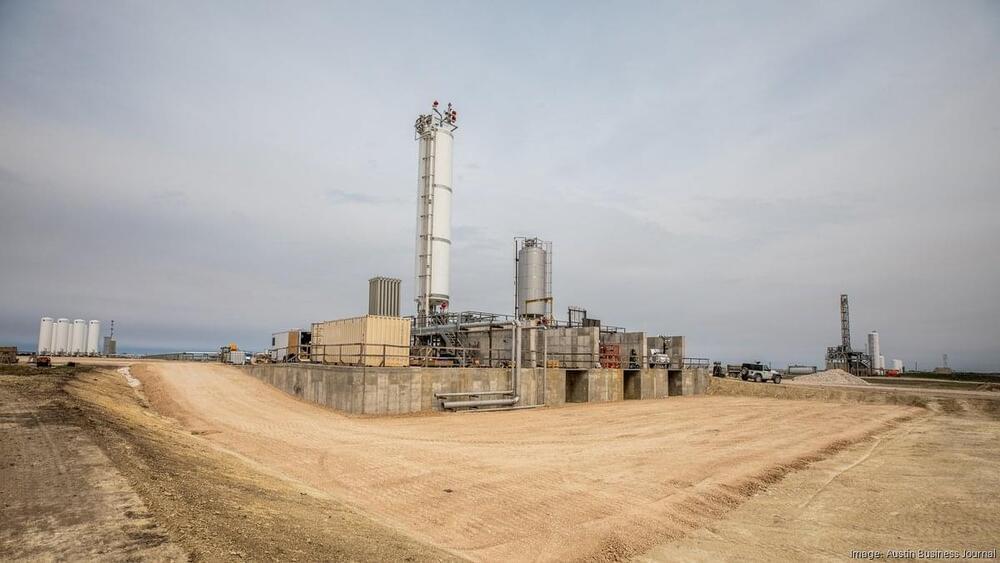When cosmic inflation came to an end, the hot Big Bang ensued as a result. If our cosmic vacuum state decays, could it all happen again?
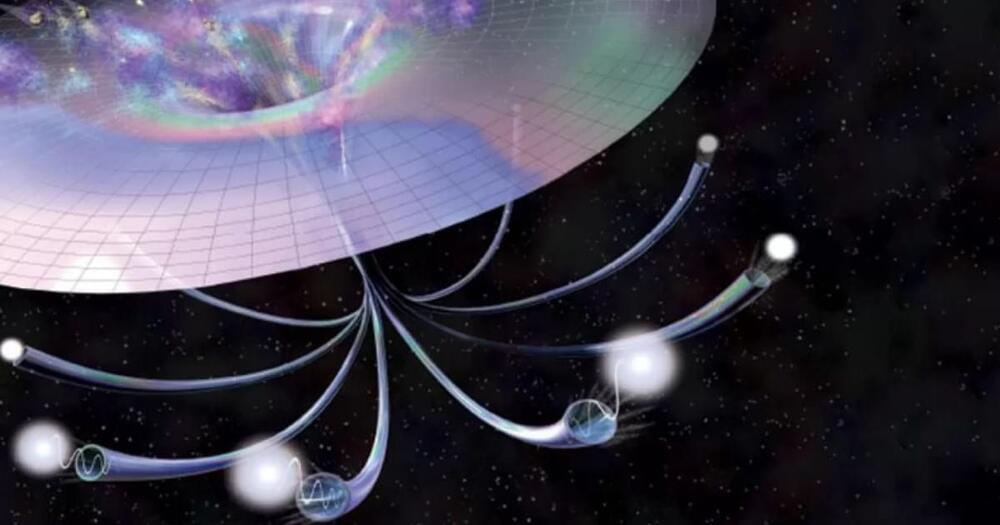

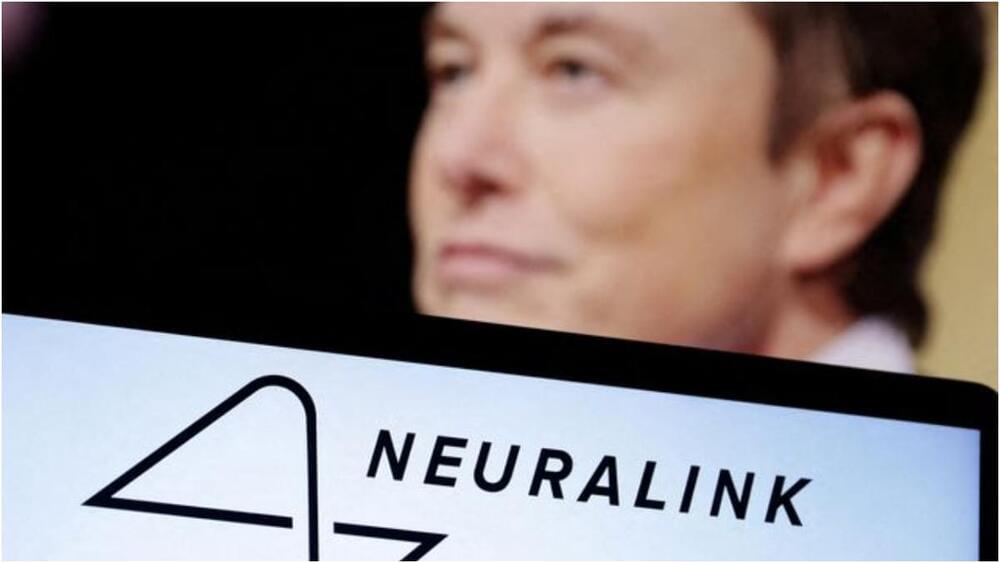
Interestingly enough, although Elon Musk’s Neuralink received a great deal of media attention, early in 2023, Synchron published results from its first-in-human study of four patients with severe paralysis who received its first-generation Stentrode neuroprosthesis implant. The implant allowed participants to create digital switches that controlled daily tasks like sending texts and emails, partaking in online banking, and communicating care needs. The study’s findings were published in a paper in JAMA Neurology in January 2023. Then, before September, the first six US patients had the Synchron BCI implanted. The study’s findings are expected by late 2024.
Let’s return to Upgrade. “One part The Six Million Dollar Man, one part Death Wish revenge fantasy” was how critics described the movie. While Death Wish is a 1974 American vigilante action-thriller movie that is partially based on Brian Garfield’s 1972 novel of the same name, the American sci-fi television series The Six Million Dollar Man from the 1970s, based on Martin Caidin’s 1972 novel Cyborg, could be considered a landmark in the context of human-AI symbiosis, although in fantasy’s domain. Oscar Goldman’s opening line in The Six Million Dollar Man was, “Gentlemen, we can rebuild him. We have the technology. We have the capability to make the world’s first bionic man… Better than he was before. Better—stronger—faster.” The term “cyborg” is a portmanteau of the words “cybernetic” and “organism,” which was coined in 1960 by two scientists, Manfred Clynes and Nathan S Kline.
At the moment, “cyborg” doesn’t seem to be a narrative of a distant future, though. Rather, it’s very much a story of today. We are just inches away from becoming cyborgs, perhaps, thanks to the brain chip implants, although Elon Musk perceives that “we are already a cyborg to some degree,” and he may be right. Cyborgs, however, pose a threat, while the dystopian idea of being ruled by Big Brother also haunts. Around the world, chip implants have already sparked heated discussions on a variety of topics, including privacy, the law, technology, medicine, security, politics, and religion. USA Today published a piece headlined “You will get chipped—eventually” as early as August 2017. And an article published in The Atlantic in September 2018 discussed how (not only brain chips but) microchip implants, in general, are evolving from a tech-geek curiosity to a legitimate health utility and that there may not be as many reasons to say “no.” But numerous concerns about privacy and cybersecurity would keep us haunted. It would be extremely difficult for policymakers to formulate laws pertaining to such sensitive yet quickly developing technology.
Because identical twins develop from a single fertilized egg, they have the same genome, the entire set of genetic material found in an organism. So, any differences between them, even in traits with a significant genetic component – say one develops heart disease and the other doesn’t – are due to their environments. This is known as epigenetics.
Genes in DNA are ‘expressed’ when they’re read and transcribed into RNA, which is then translated into proteins. It’s proteins that determine many of a cell’s characteristics and functions. Epigenetic changes can boost or silence the transcription of specific genes, ramping up or inhibiting associated protein production, but they don’t change the genome. These changes, which are reversible, can affect a person for their entire life and mediate a lifelong dialogue between genes and the environment.
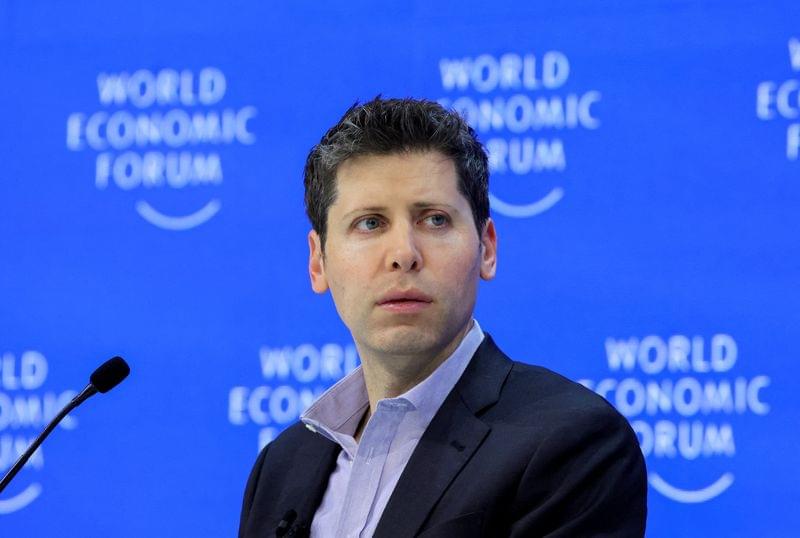
The lawsuit said Altman, along with OpenAI’s co-founder Greg Brockman, originally approached Musk to make an open source, non-profit company that would develop artificial intelligence technology for the “benefit of humanity”
The Microsoft-backed company’s focus on seeking profits breaks that agreement, lawyers for Musk said in the lawsuit.
OpenAI, Microsoft and Musk did not immediately respond to Reuters requests for comment.
🔒 Keep Your Digital Life Private and Be Safe Online: https://nordvpn.com/safetyfirst In this video, we’re going to explor…
In this episode, recorded during last year’s Abundance360 summit, Ray Kurzweil answers questions from the audience about AI, the future, and how this change will affect all aspects of our society.
Ray Kurzweil, an American inventor and futurist, is a pioneer in artificial intelligence, having contributed significantly to OCR, text-to-speech, and speech recognition technologies. Author of numerous books on AI and the future of technology, he’s received the National Medal of Technology and Innovation, among other honors. At Google, Kurzweil focuses on machine learning and language processing, driving advancements in technology and human potential.
Read his latest book, The Singularity Is Nearer: When We Merge with AI: https://a.co/d/gBB4jel.
Learn more about AbundanceA360 2024 Summit: https://www.abundance360.com/summit.
———-
This episode is supported by exceptional companies:
Basically a full day AI course crammed into 18 mins of drawing & talking. Target audience: Everyone. Covers questions like What is generative AI, how does it work, how do I use it, what are some of the risks & limitations. Also covers things like autonomous agents, the role of us humans, prompt engineering tips, AI-powered product development, origin of ChatGPT, different types of models, and some tips about mindset around this whole thing. Here is the full drawing: https://blog.crisp.se/wp-content/uplo…
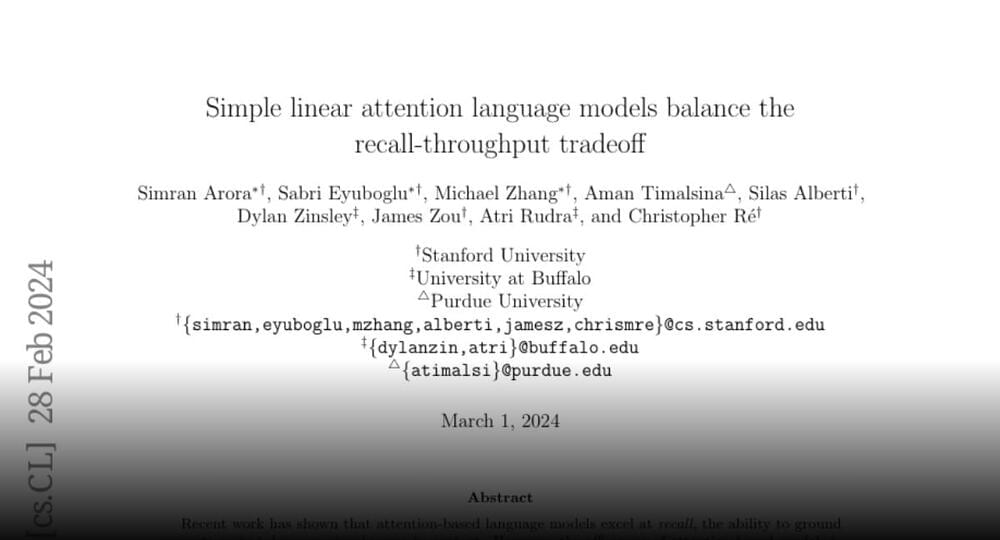
Professor Nadeem Sarwar is Corporate Vice President, Co-Founder and Head, Transformational Prevention Unit, Novo Nordisk (https://www.novonordisk.com/partnerin…), Co-Chair UK Dementia Mission (a UK Government Ministerial appointment) and Honorary Professor, University of Edinburgh Medical School.
Professor Sarwar joined Novo Nordisk in June 2023 as Corporate Vice President, Co-Founder and Head of Novo Nordisk’s new Transformational Prevention Unit (TPU) whose mission is to increase obesity-free life years, so people live healthier and longer lives. To achieve this, the TPU is establishing an integrated ecosystem that will deliver science-first, empowering, and scalable commercial solutions that predict and pre-empt obesity and its consequences through innovative partnerships, with solutions intending to push the boundaries of what is possible with drugs, genomics, microbiome, digital health, and behavioral science.
Professor Sarwar’s expertise stems from scientific and business models at the intersection of genomics, data sciences and digital technologies for therapeutic and health innovation and he utilizes this expertise to steer the strategy and implementation of the predictive and pre-emptive obesity solutions being developed by the TPU, spanning both R\&D and commercial strategy.
Professor Sarwar joins Novo Nordisk with extensive executive experience in academia (Cambridge, Edinburgh), pharma (Pfizer, Eisai, Novo Nordisk), biotech (Genetics Guided Demantia Discovery — G2D2), company incubation (Eisai Innovation Biolabs), and government (UK Dementia Mission). He has successfully built and led organizations across the UK, US, Japan, and Denmark; and contributed to delivery of therapeutics into clinical trials for cardiometabolic diseases, oncology, SLE, COVID-19 and neurodegeneration.
Professor Sarwar’s research has been published in leading medical journals (eg, NEJM, Lancet, JAMA), presented at international meetings (eg, American Diabetes Association; World Dementia Council), and profiled by international media (eg, BBC, Forbes). He has provided expert insights for the UK Department of Health, the World Economic Forum, and the US National Academies of Sciences.
Apart from his current position at Novo Nordisk, Professor Sarwar holds the position of Honorary Professor at the University of Edinburgh Medical School. He also currently serves on the UK Medical Research Council (MRC) Neuroscience and Mental Health Board, the UK MRC Prevention Task and Finish Group, the Health Data Industry Expert Sub-Group, and the UK Life Sciences Council.
